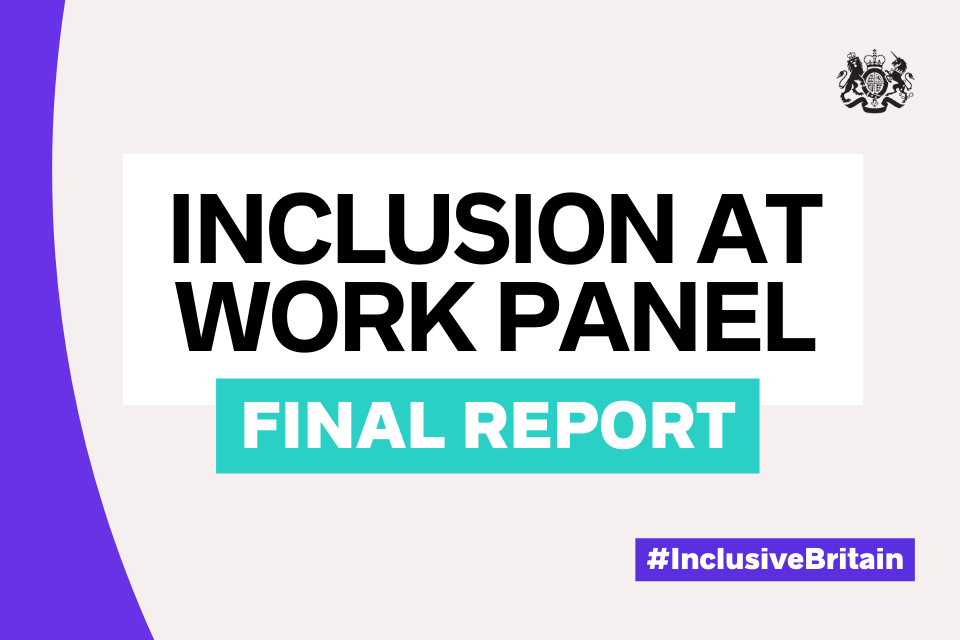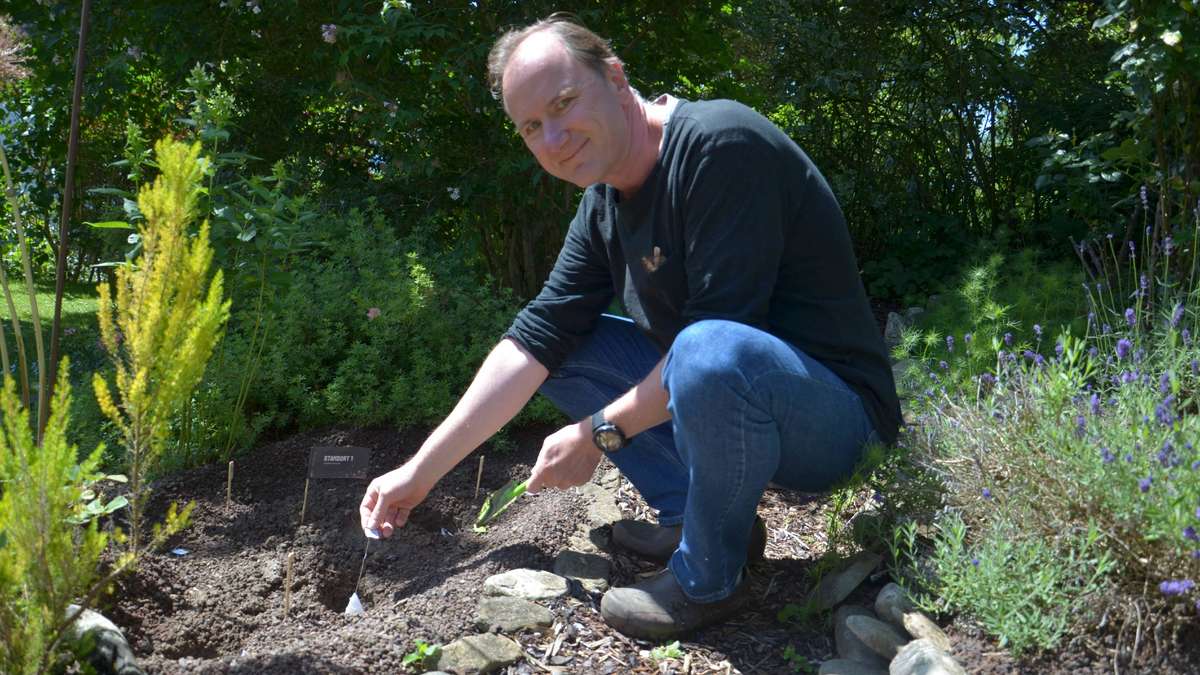updated:
-
toChristoph Peters
Close
Stephanie and Andreas Spingel buried tea bags in their garden in Schöneberg. What seems strange serves science.
Schöneberg The fact that Stephanie and Andreas Spengel love spending time in the garden cannot be overlooked. The couple has lived in Schöneberg since 2008. With great attention to detail, they have since created a colorful paradise for all kinds of flowering plants around their home. Even on this sunny day, the Spengels family, who run a travel agency, head to the park. As mountains in the horizon are far away, Andreas Spengel kneels before a bare spot in the overgrown flowerbed. Using a small shovel, the 54-year-old dug six holes eight centimeters deep in the ground. But Spengel would plant nothing in it today. Instead, under the watchful gaze of his wife, Schönberger gradually plunged a tea bag into each of the six holes. Then he carefully covered them with soil so that only the labels attached to the strings were visible. “Do we still have to water it?” asks Stephanie Spengel and laughs.
Admittedly, it seemed a little strange when her husband told her about his plan to bury tea bags in the garden, says the 52-year-old. But when Schönberger explained his wife’s background, he piqued Stephanie Spengel’s interest, too. At the beginning of the year, the 54-year-old became familiar with the Citizen Science “Expedition Erdreich” campaign in a magazine. The Citizen Research Project, the first of its kind in the field of soil research in Germany, aims to provide data on the state of the soil in the entire Federal Republic of Germany thanks to the help of volunteers. It is part of the Science Year organized annually by the Ministry of Education under a different slogan. The knowledge gained flows into national and international research projects on sustainable land use. “Through this campaign, we bring a lot of people closer to the wonderful soil system and get a good overview of the state of the soil in Germany through many ‘local’ ideas,” says Professor Dr. Hans-Jörg Vogel, Head of Soil System Research at the German Center for Soil System Research. Helmholtz Environmental Research, who is accompanying the expedition with his team.
Learn more about the soil in your garden and do a science service
The idea of discovering more about the soil in your garden and at the same time doing science has sparked Andreas Spengel. A few weeks after he signed up for the action campaign, the campaign kit arrived at Schöneberg. In addition to plenty of utensils and descriptive media, it contained the above tea bags for amateur researchers.
They are at the heart of the campaign, because the so-called tea bag index method can be used to scientifically determine how quickly soil organisms break down plant residues. So Andreas Spengel weighed the individual bags with the exact scales attached before burying them in two locations in the garden. Within three months, the Spengels will get them out of the ground and weigh them again. The rate of decomposition can then be determined from the difference in weight.
The spade sample should provide information about the number of soil animals and root penetration
The couple uses a special test strip to determine the pH value of the soil.
© Christoph Peters
Since this depends on many properties of the soil, other tasks still await amateur researchers. The spade sample should provide information about the number of soil fauna and root penetration, and information on soil type, color, and moisture should also be requested. Andreas Spengel uses a test kit to determine soil pH. “8.0, alkaline,” his wife reads from the test model. The first light is lit with her husband. “This is probably why hydrangea plants are always dead, they need acidic soil.”
The 54-year-old carefully enters the results of individual tests into a data sheet, along with the exact GPS coordinates of the buried tea bags. The data obtained will subsequently be transferred to a database on the campaign website. In this way, the results of all participants and nearly 9,000 sites can be compared with each other. Spengels are already excited to see how their soil will far out compared to others in the vicinity. But for the next three months, the first thing to do is to wait and see and drink the tea.

“Alcohol buff. Troublemaker. Introvert. Student. Social media lover. Web ninja. Bacon fan. Reader.”





More Stories
Huge radiation explosion from a magnetar – forschung.de
Principles and features of the folk nutritional principle
Science: The percentage of women in mint topics rises to a third